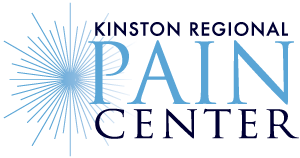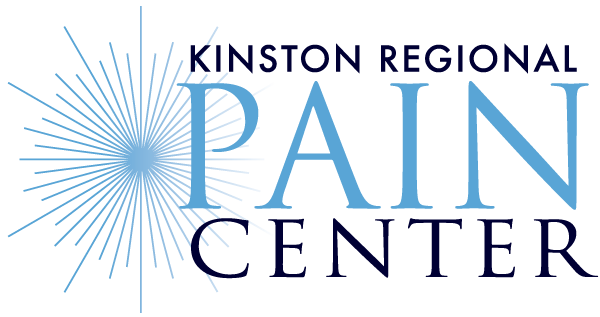MENU
Educational Articles
Article Archives
Over the last several years, doctors are continuing to learn more about the body’s ability to heal itself. Platelet Rich Plasma (PRP) is a regenerative medicine that focuses on the patient’s own platelets for advanced healing.
PRP is made up of two elements: plasma and platelets. Plasma is the liquid part of the blood, while platelets are a blood cell type that help your healing abilities run a little smoother. Known for their ability to clot, platelets contain growth factors that can start cell reproduction and activate healing in the treated area. Platelet rich plasma occurs when there are more platelets than usual in the blood. When platelet rich plasma is created, a blood sample is taken from the patient and put into a centrifuge (a device that quickly spins the sample) separating the other parts of the blood from the platelets and concentrating them into the plasma.
The goal with a PRP injection is to increase the concentration of specific growth factors in a particular area to speed up the healing process. This is accomplished after a patient’s blood sample is made into PRP by injecting a solution of the plasma into wherever the injured area may be - a shoulder, knee, or tendon for example. PRP injections usually take about 30 minutes, depending on the area you are focused on. Doctors sometimes use ultrasound technology to be certain they are targeting the correct area. Once platelets are in the treatable area, they break down and release growth factors that fix cells and make them new again. This is thought to stimulate the healing process of your body.
PRP treatment is really for anyone who enjoys and participates in recreational activities, or anyone who has difficulty with their wounds healing. Additionally, this injection can be beneficial for people who suffer with Osteoarthritis, joint disease, torn ligaments, tendonitis, hand injuries, shoulder problems, and elbow conditions. If you are feeling pain in any of these areas, and it does not cease or go away completely after a few weeks’ time, you may consider getting the PRP injection to kickstart your healing process.
If your PRP injection is done after an injury, it may be recommended by your doctor that you take it easy and rest the affected area. This pertains more to the injury and less to the PRP injection. Because PRP injections are minimally invasive, most people can continue to participate in their daily activities post injection. PRP injections aim for a great deal of healing and growth promotion, so you may not notice an immediate difference right away.
If you believe you suffer from symptoms of any of the above-mentioned conditions or injuries, act quickly to advance your healing process. Ask your physician for a referral to Dr. Heath Fallin in order to see if the Plasma Rich Platelet injection is the next step for you.
Sources:
https://www.advancedsportsandspine.com/5-benefits-of-prp-therapy/
https://www.webmd.com/fitness-exercise/platelet-rich-plasma-injections
https://www.hss.edu/condition-list_prp-injections.asp
https://www.hopkinsmedicine.org/health/treatment-tests-and-therapies/plateletrich-plasma-prp-treatment
https://www.healthline.com/health/prp#recovery-time

